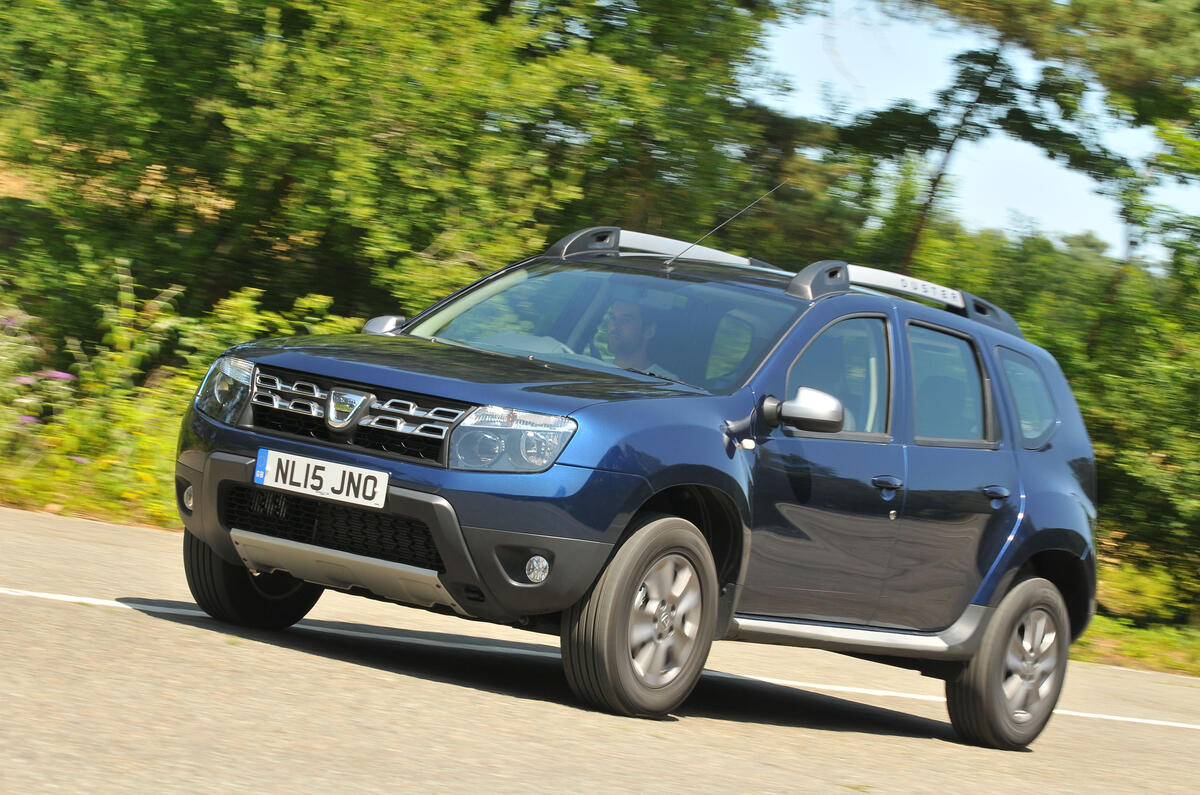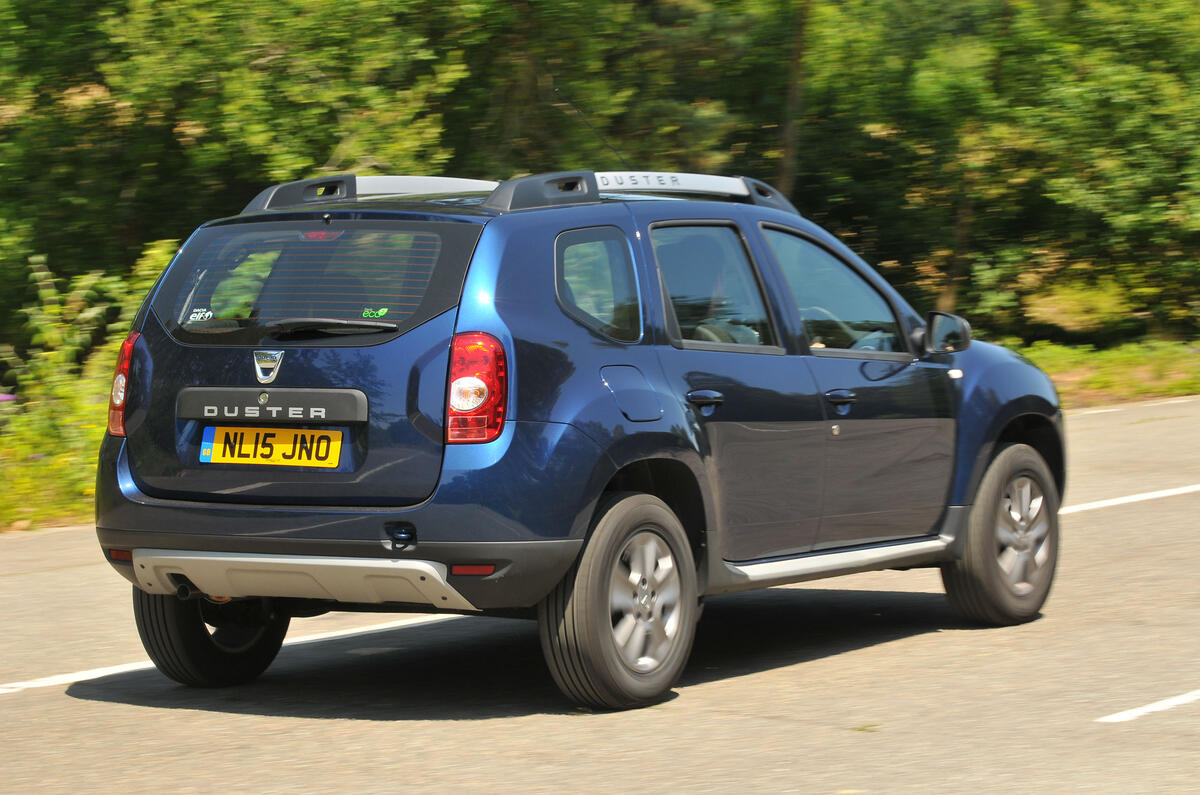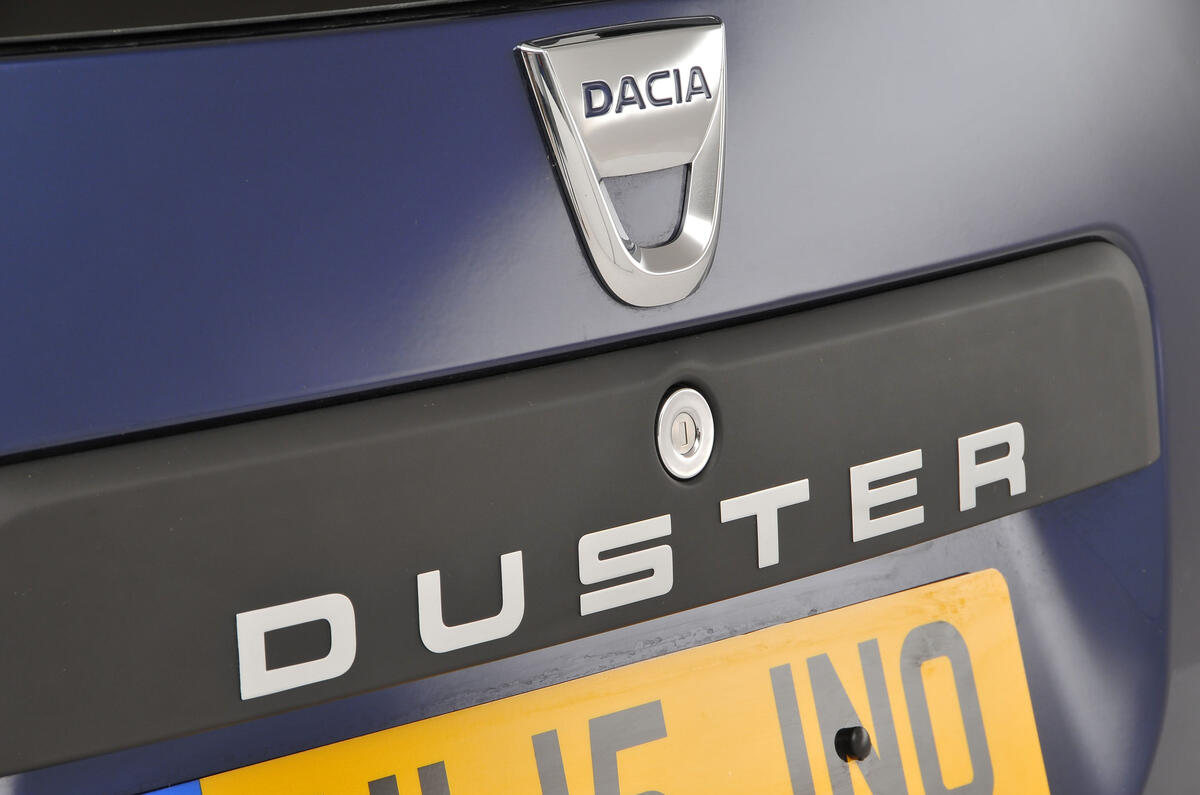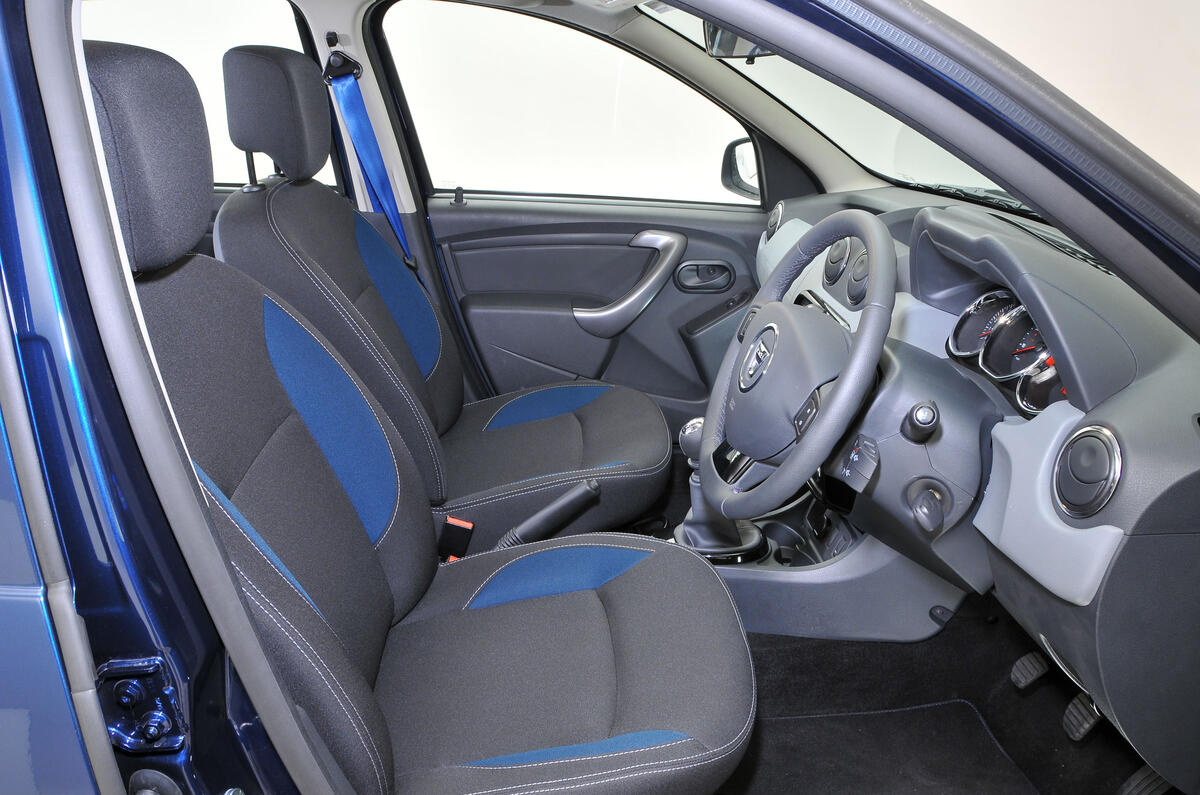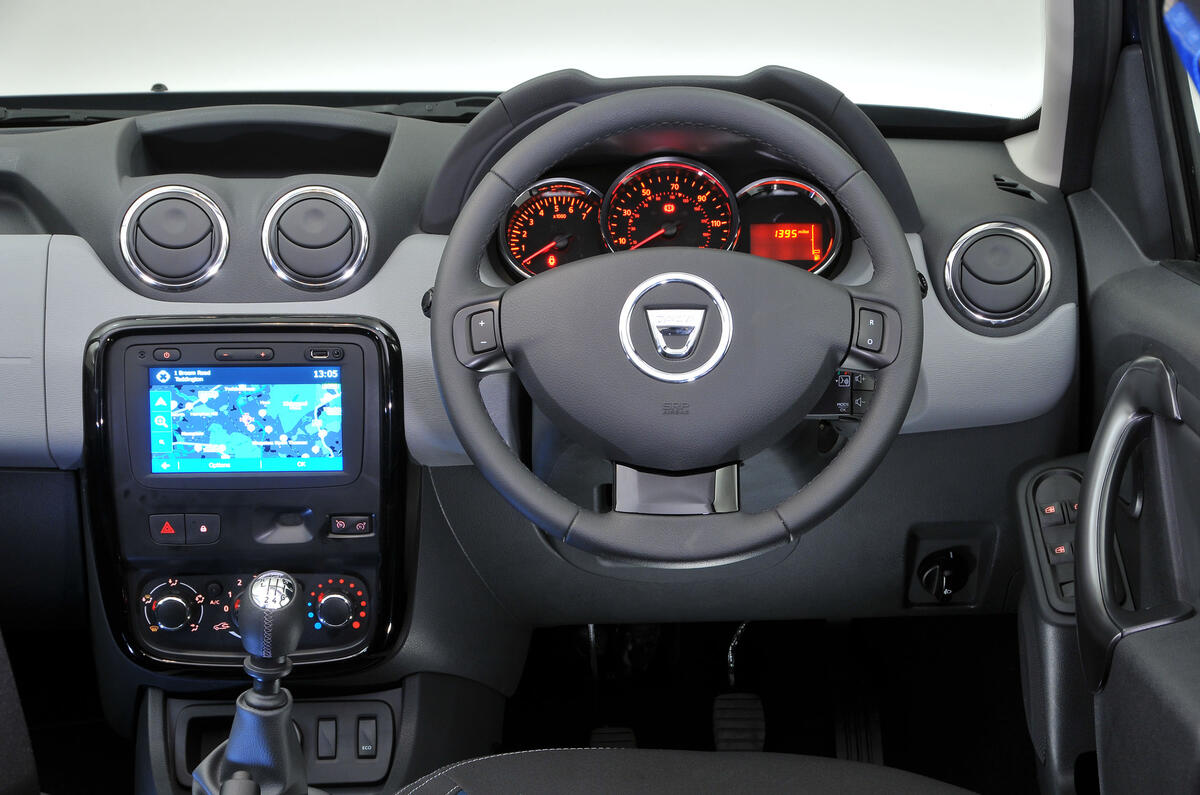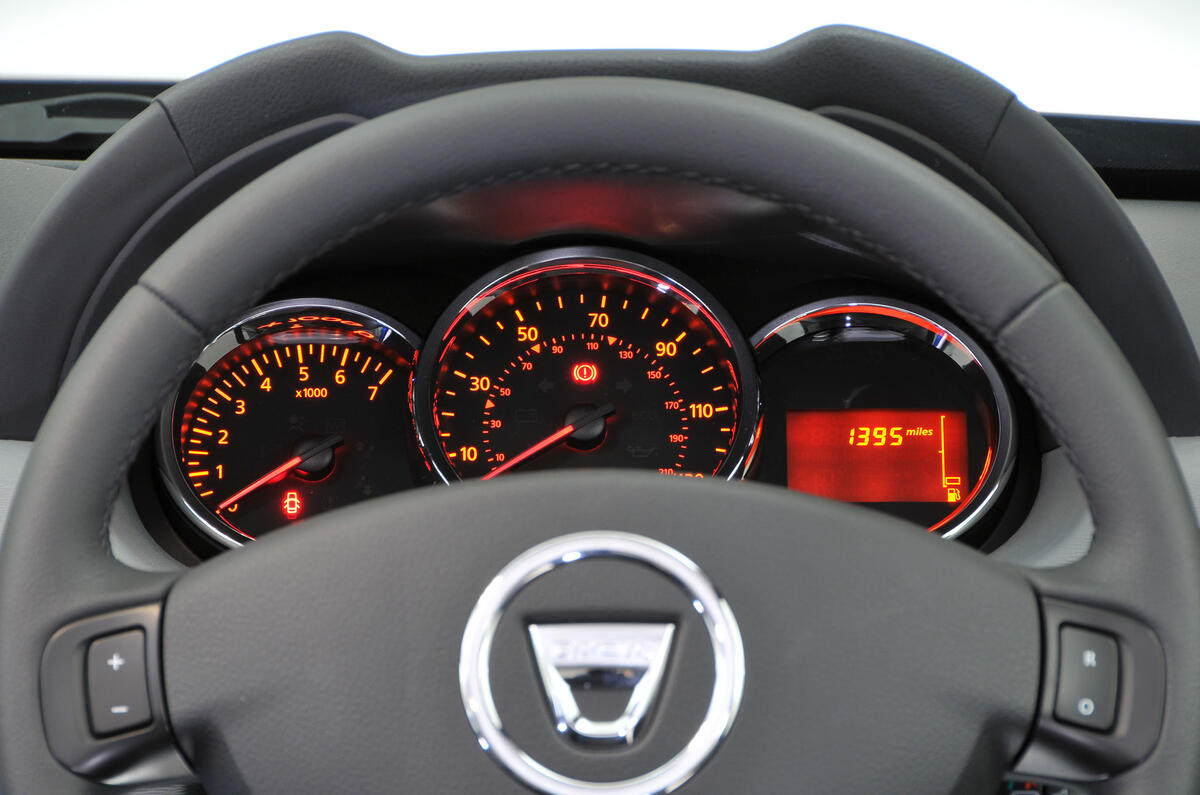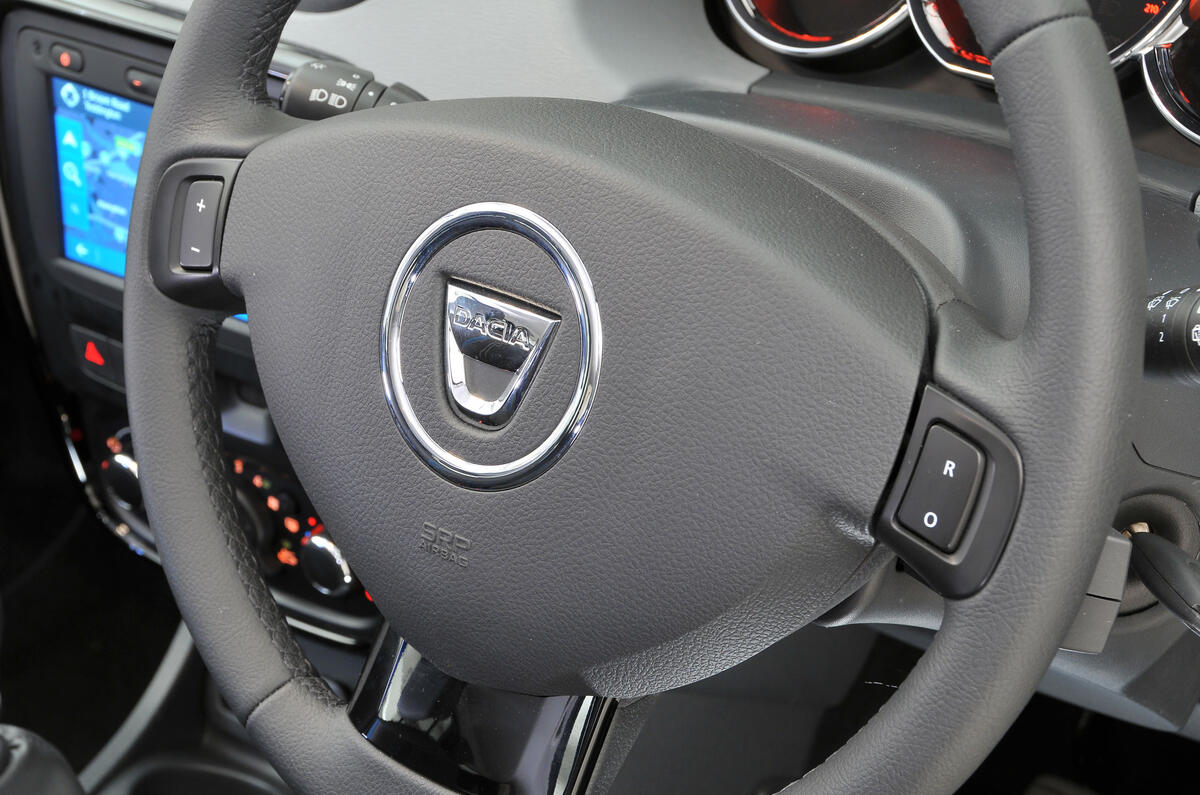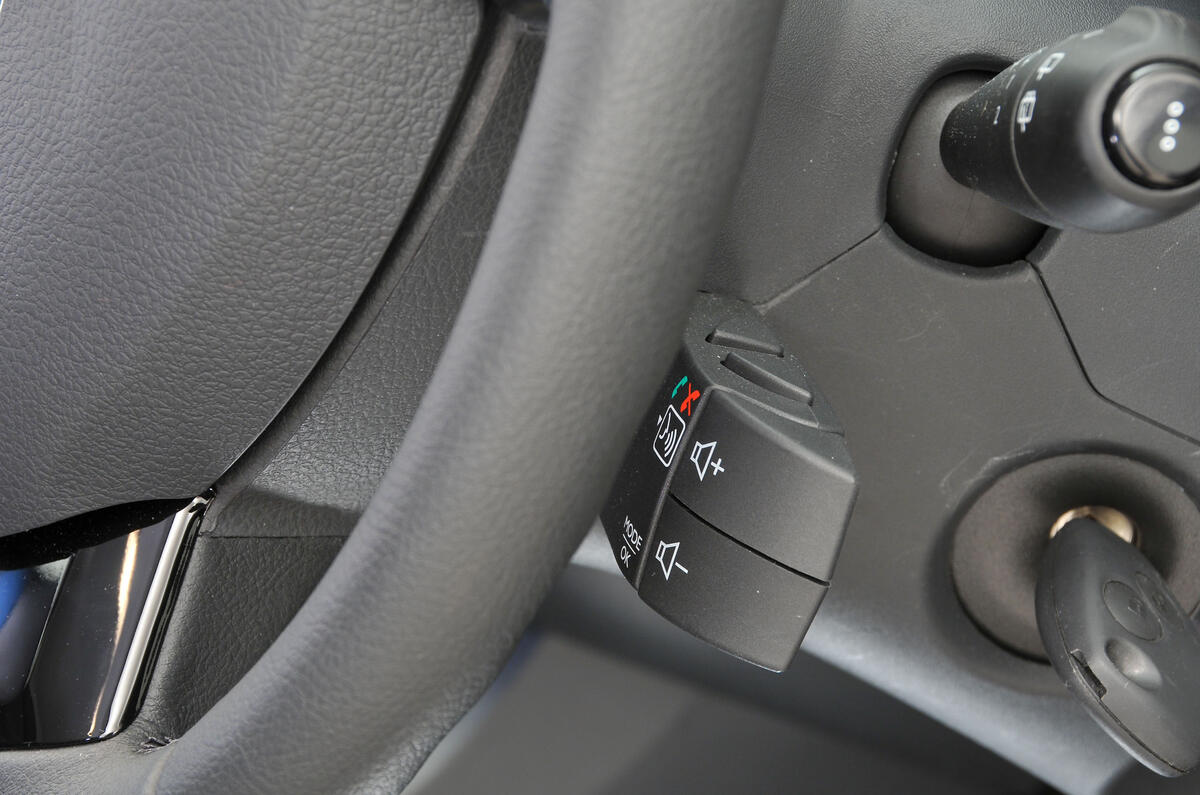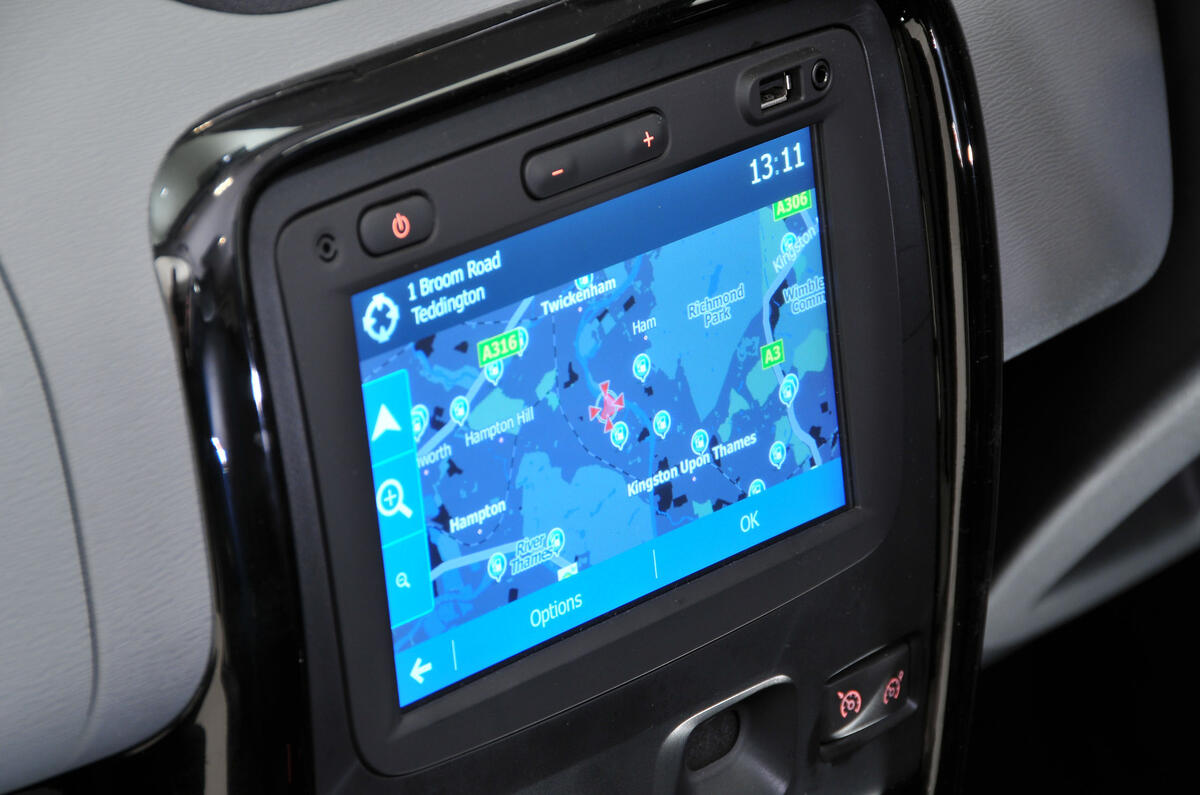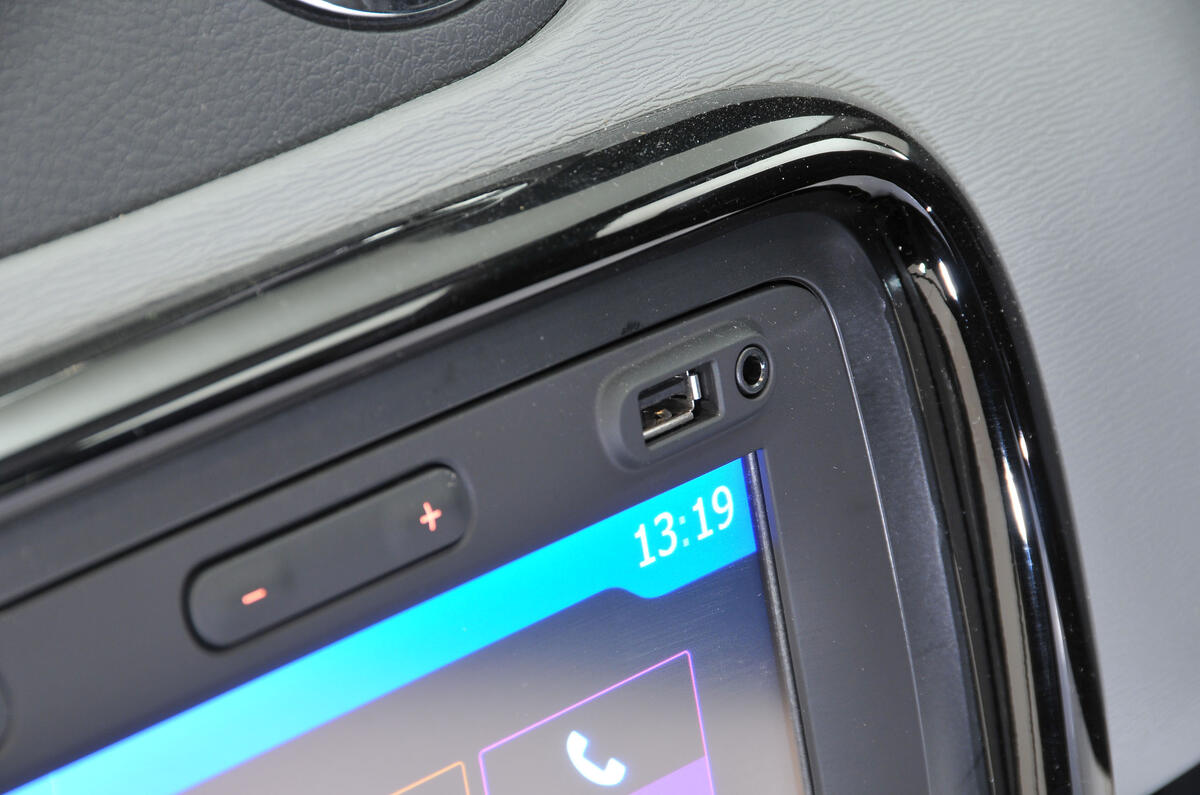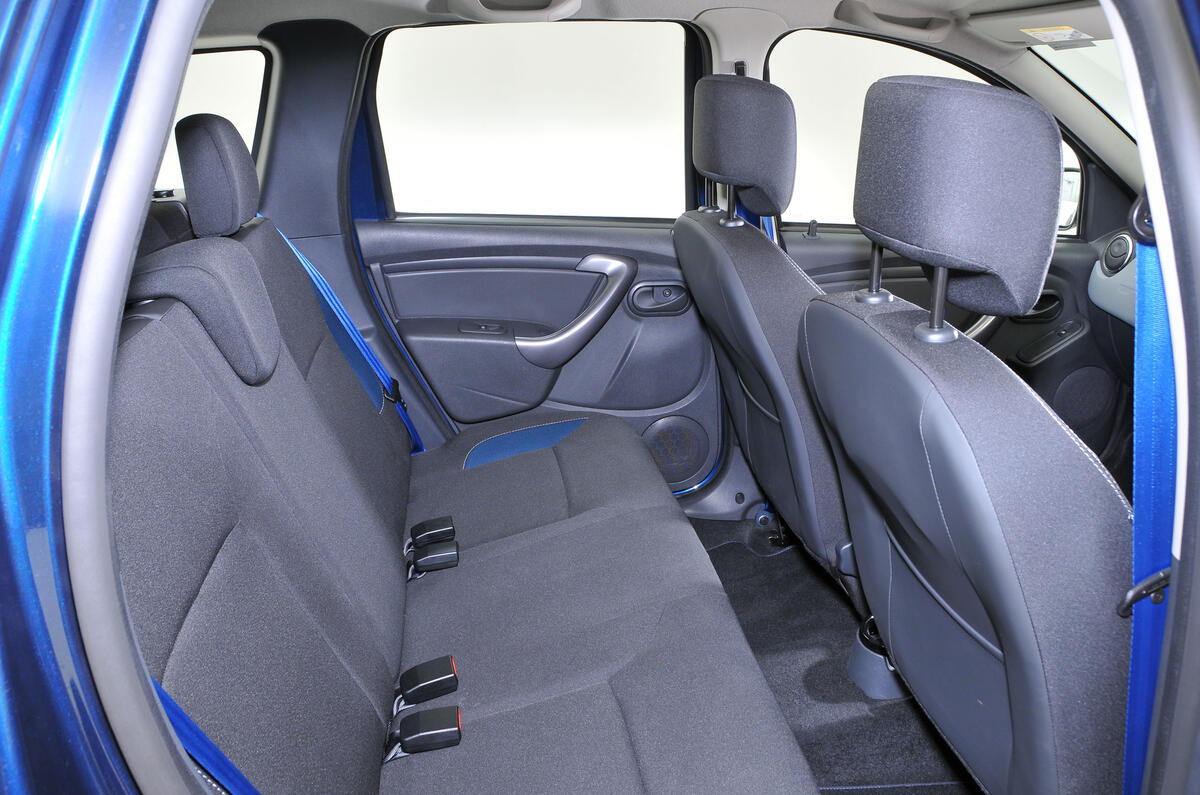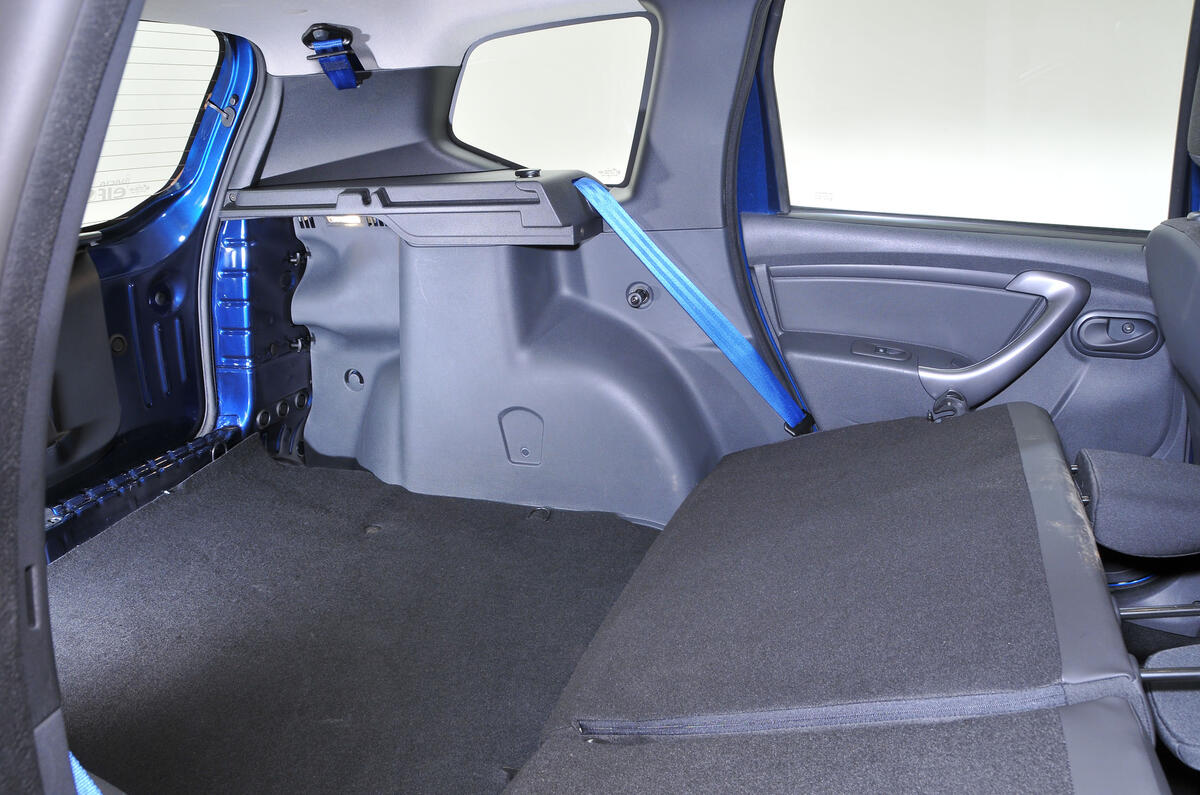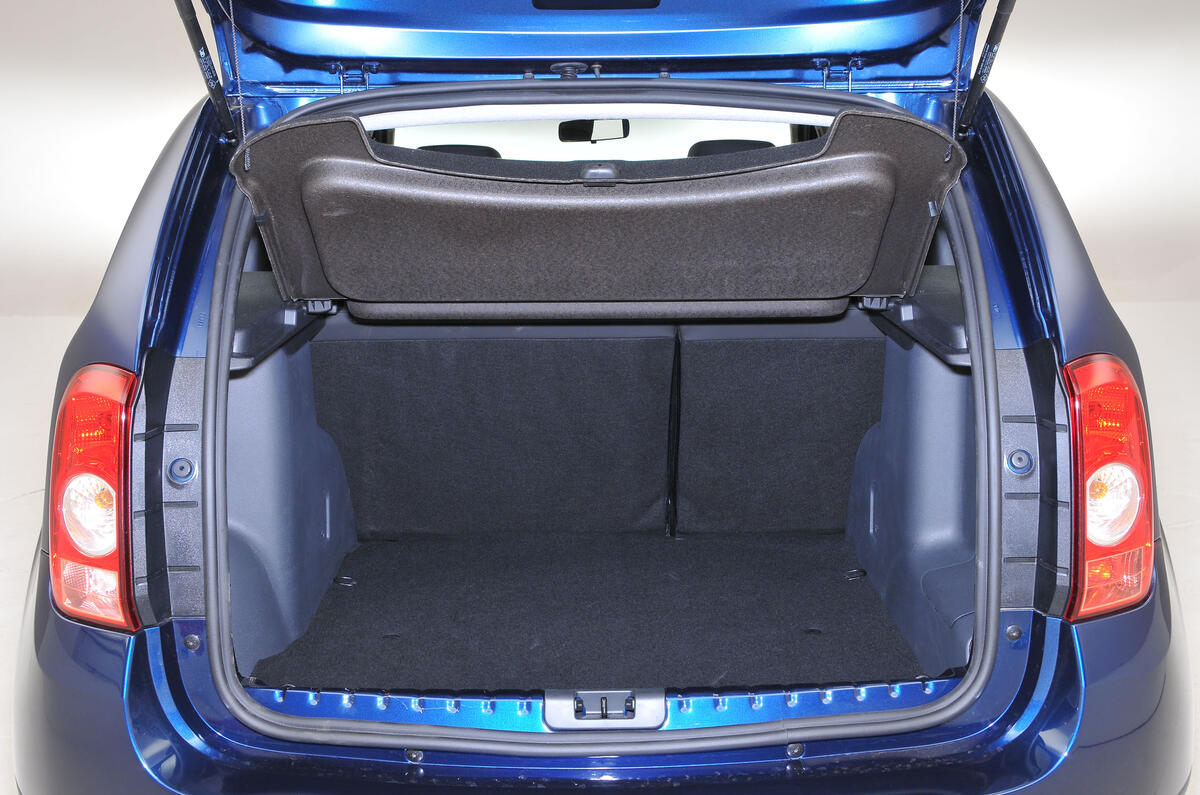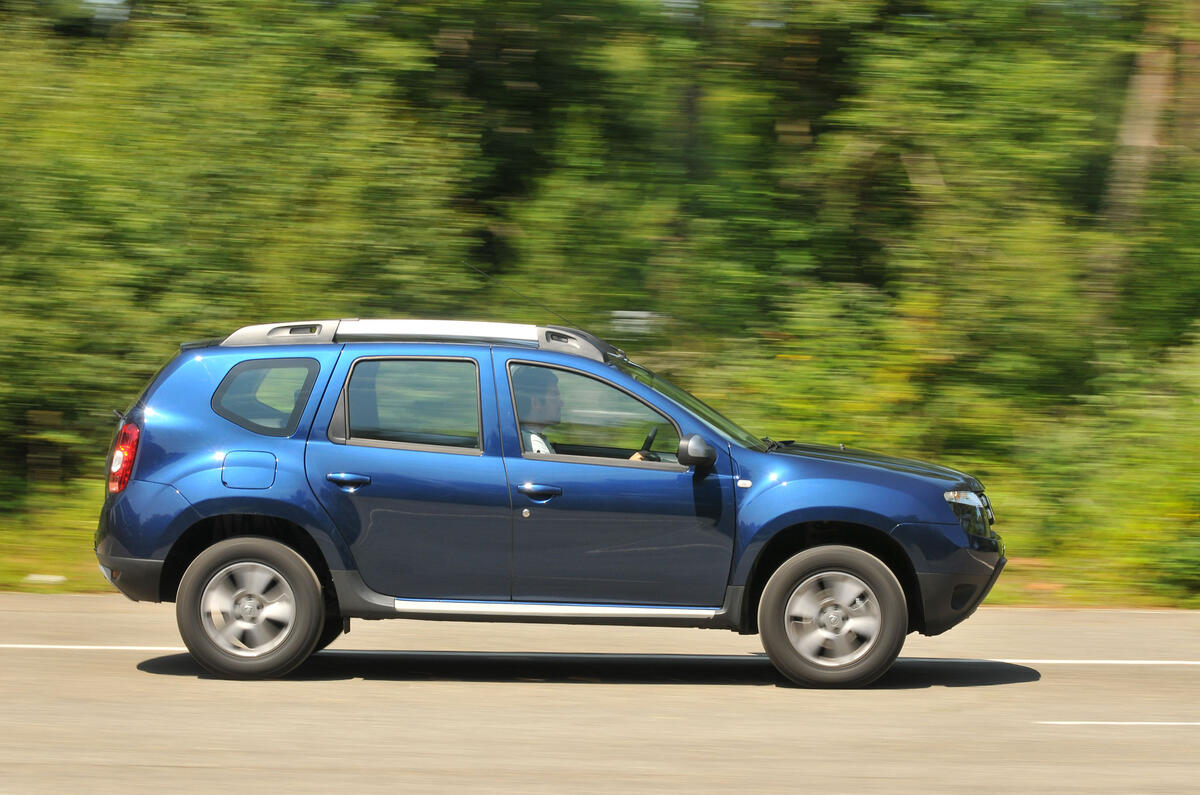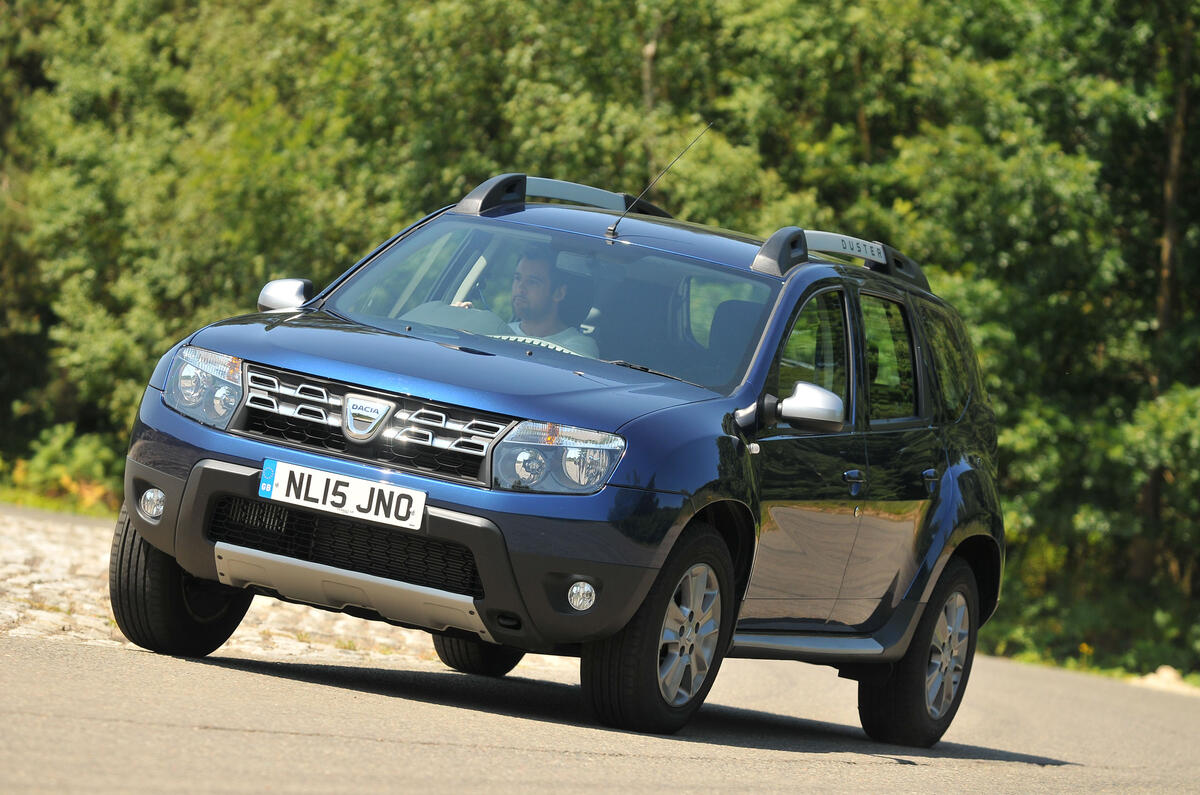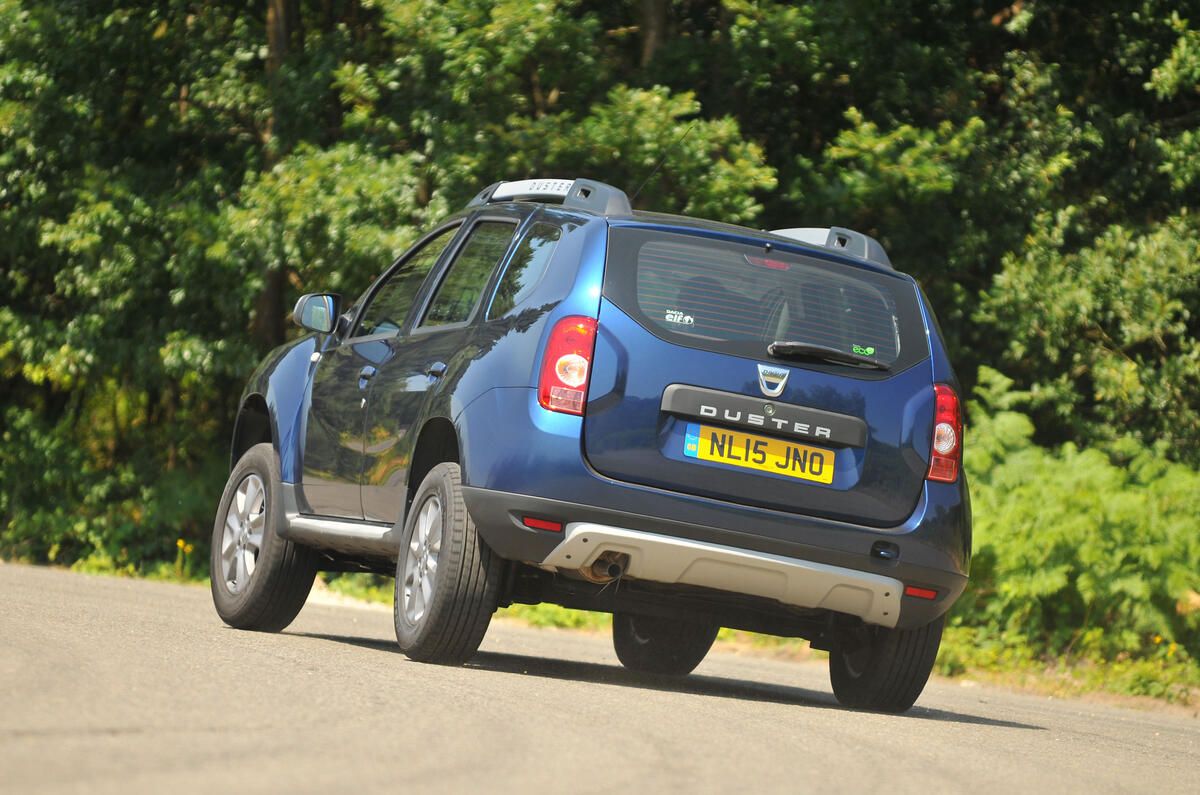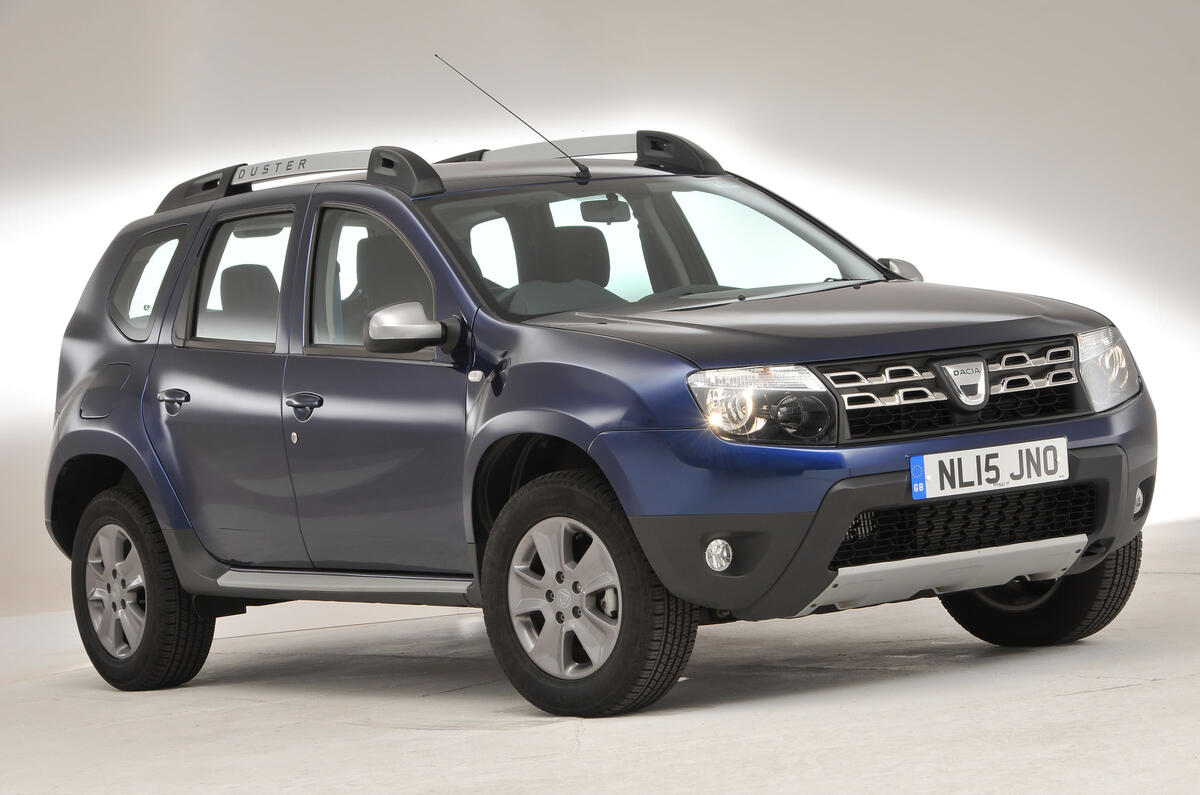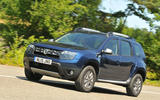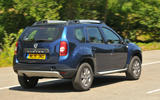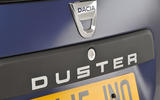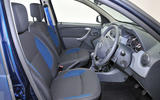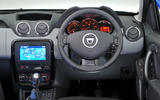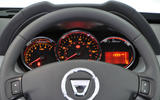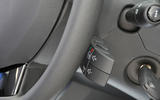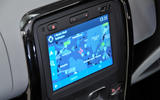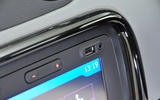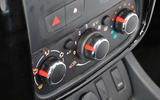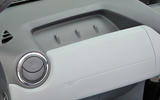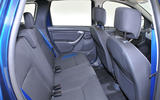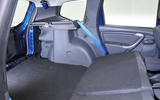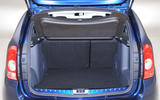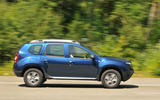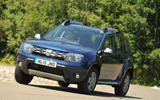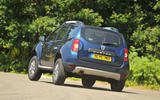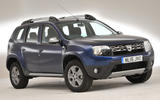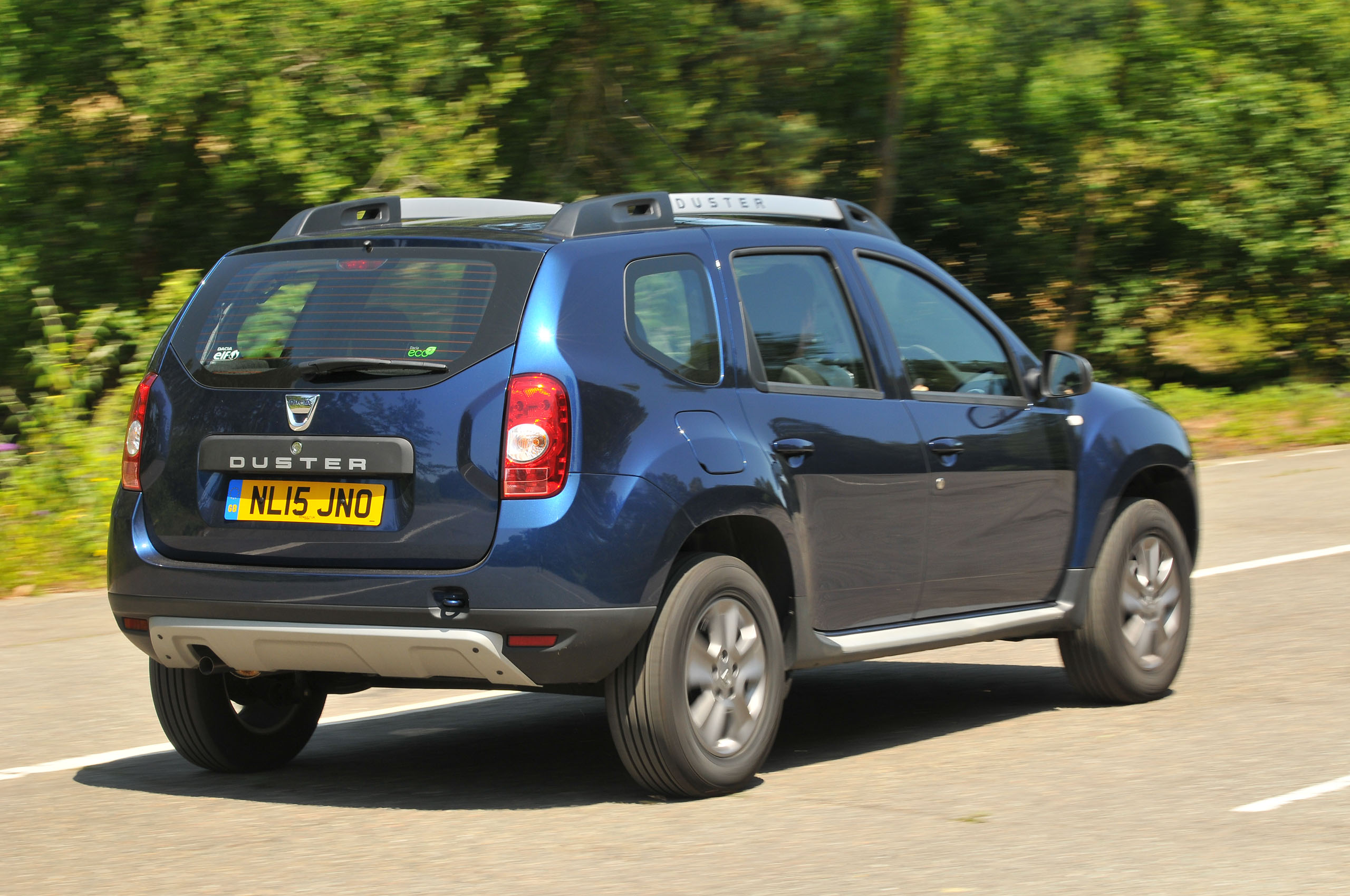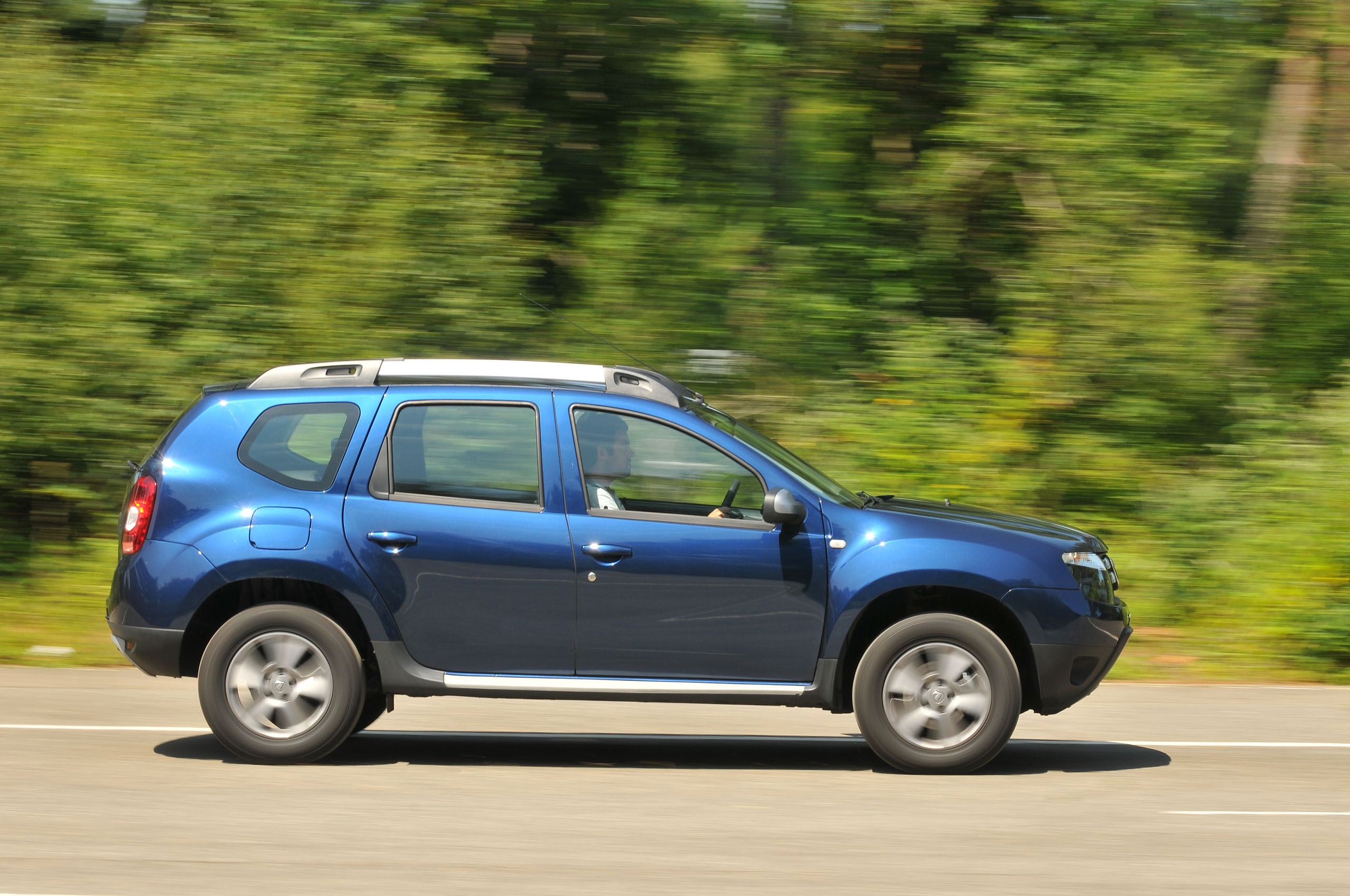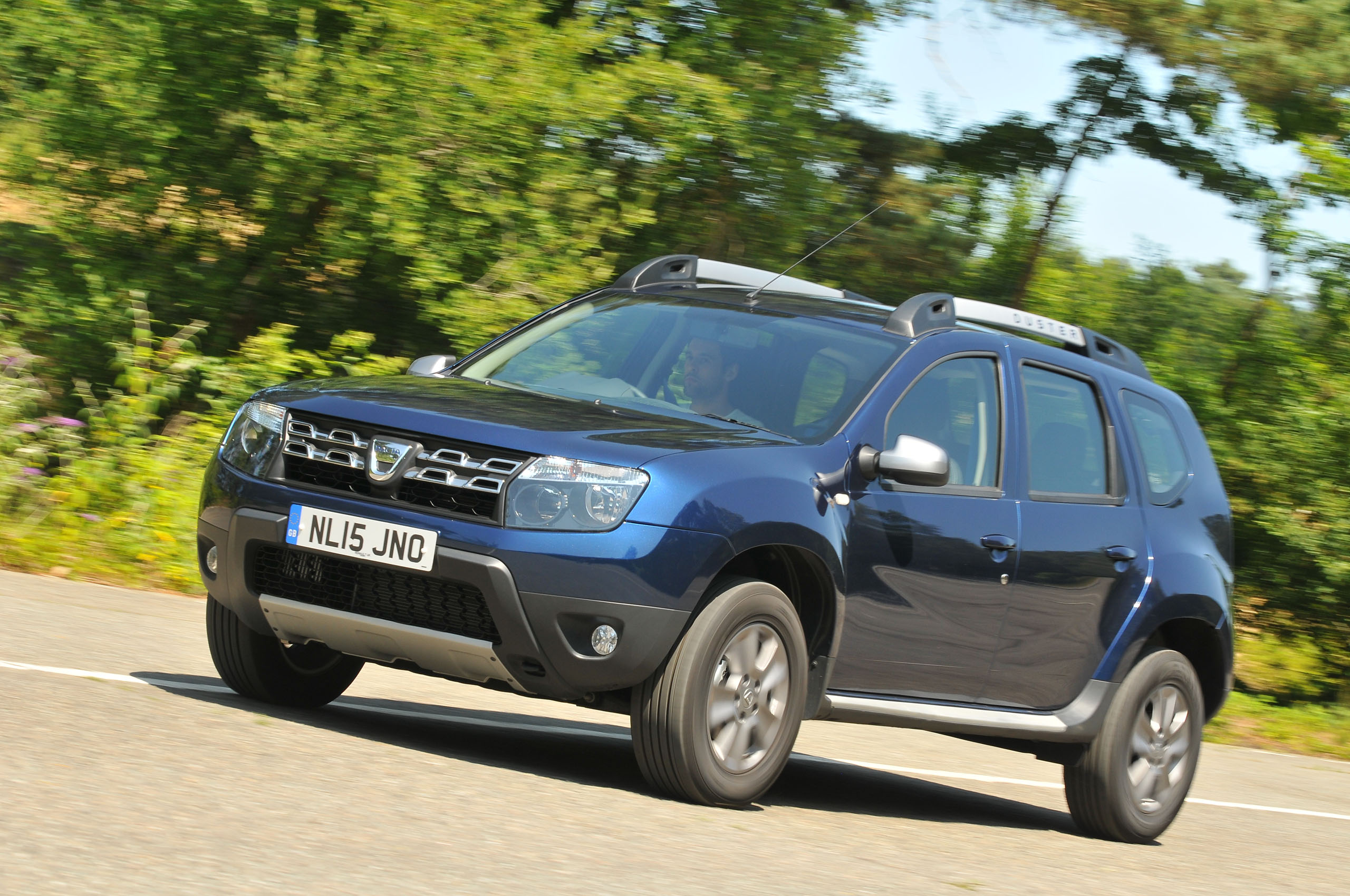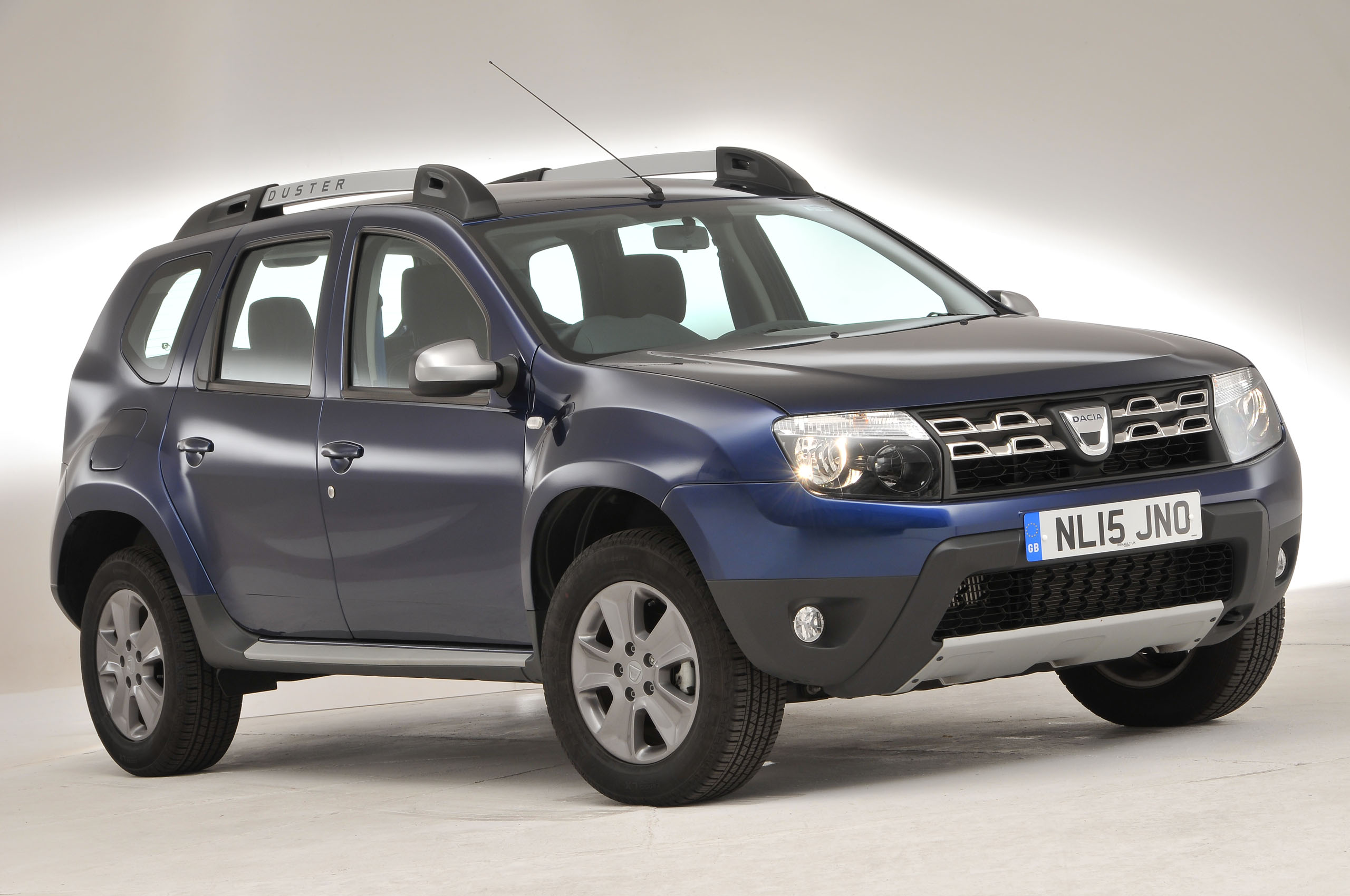The term ‘all-rounder’ is overused, but when it comes to the trusty and affordable Dacia Duster, it couldn’t be more appropriate.
Having taken some 100,000 sales since its UK launch in 2013, the Duster is now cemented as one of Britain’s favourite small SUVs, and not just because it allowed people to get into a new car at an affordable price but because it was pretty decent across the board, too.
The really smart money went on the first Dusters just over a decade ago. You could get a new SUV with a robust, spacious interior for just £8995 – far cheaper than the Skoda Yeti. It even undercut the Ford Fiesta and Fiat Panda.
Access trim was the entry point, and while it was dirt cheap, describing its spec as spartan would be an understatement, as it got steel wheels, unpainted bumpers and no radio.
It could only be had with an unhurried 104bhp 1.6-litre petrol engine, driving the front wheels as standard, but you could spec four-wheel drive for an extra £2000.
Mid-rung Ambiance trim was a little better equipped, with its part-coloured bumpers, stereo (with Bluetooth and USB connection) and adjustable seat, plus it brought the option of a 108bhp 1.5-litre four-cylinder turbo diesel engine.
If you wanted true luxury (by which we mean alloy wheels and air conditioning), the £14,995 Laureate was manna from heaven. Stump up an extra £470 and Dacia would even make the paint metallic. Very posh.
Prestige and SE Summit trim levels came later. They featured cruise control, electric windows and heated door mirrors, but the real telltales are the diamond-cut alloy wheels and the 7.0in multimedia touchscreen.



